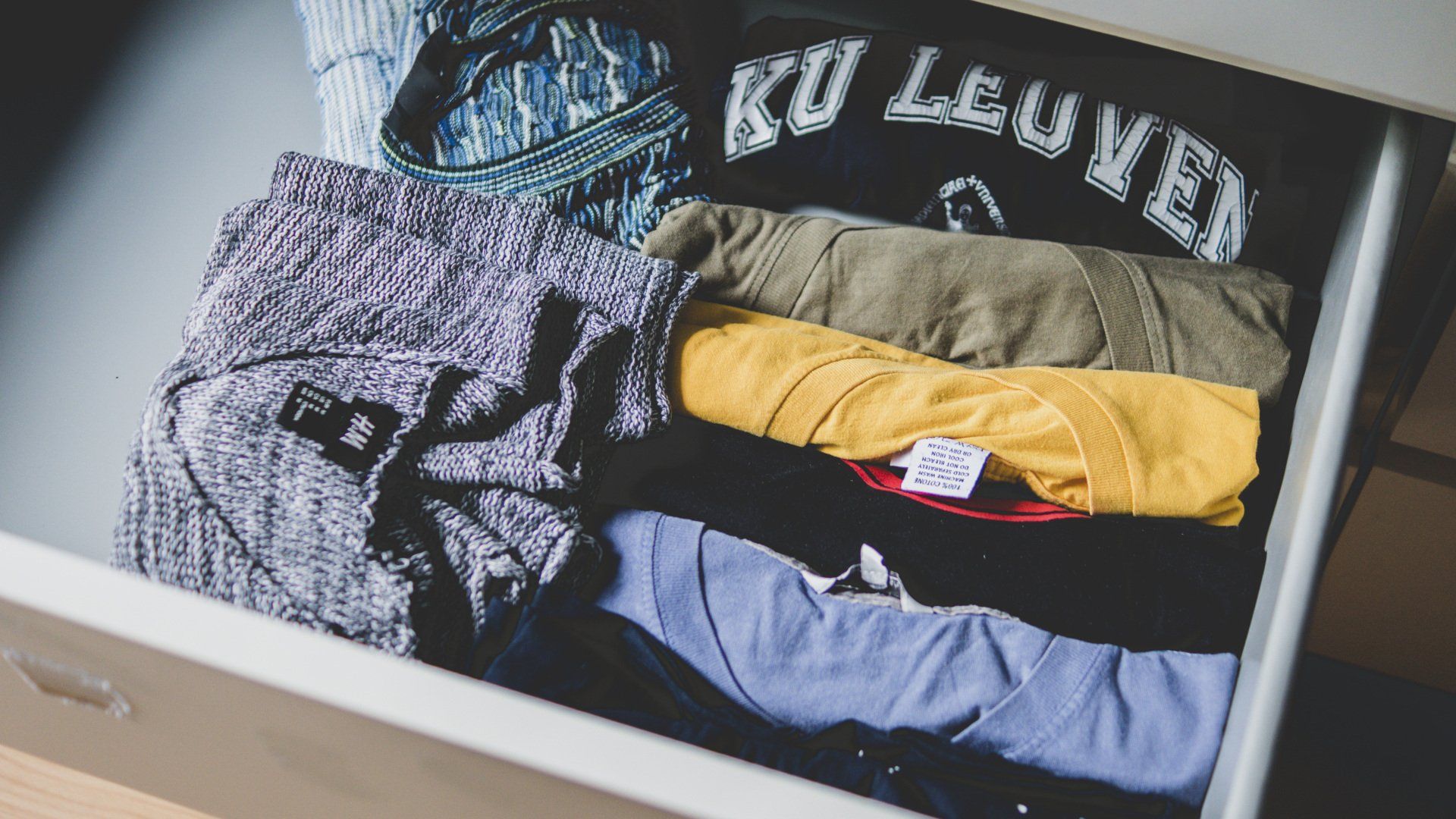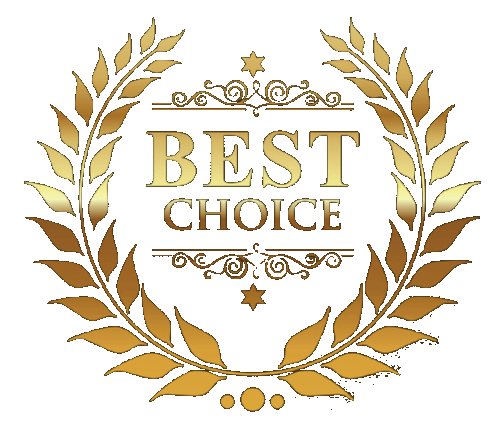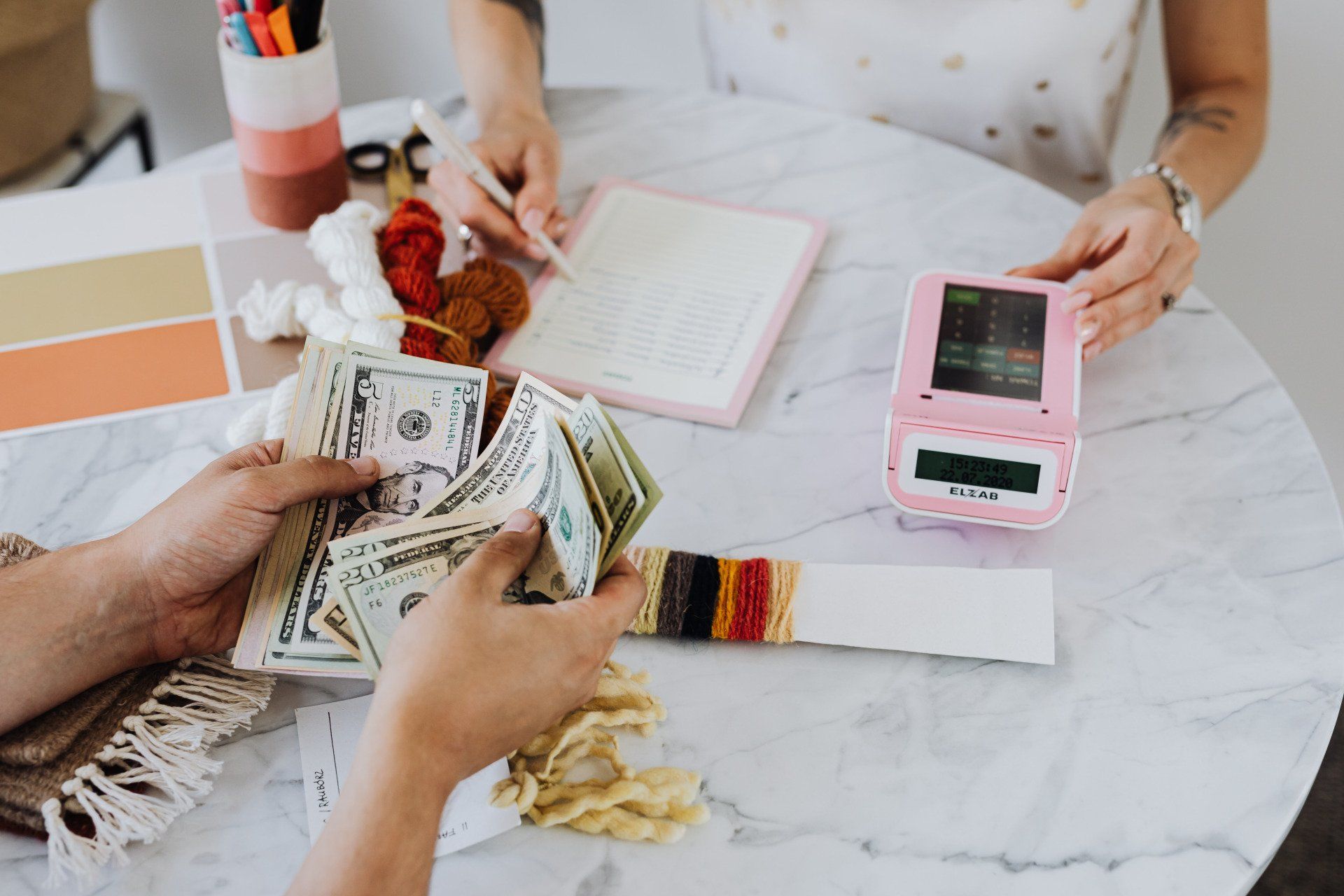Cleaning vs Sanitizing
Keeping in view the covid 19 pandemic and other respiratory infections, it has become even more important to clean and sanitize/disinfect surfaces regularly. Businesses need to maintain a clean environment for keeping their employees and customers healthy.
Some people believe that sanitizing is synonymous with cleaning. Yet, they are not the same. Let’s explore the difference.
Cleaning
Physical removal of germs, dirt, dust, debris, and crumbs from surfaces or objects. It doesn’t necessarily kill the germs but reduces their quantity to some extent, eliminating the risk of spreading infection.
Some common ways to clean surfaces include washing and scrubbing with water, detergents, solvents.
Sanitizing
Using chemicals (registered disinfectants) to reduce the number of microorganisms considered dangerous to public health like viruses, bacteria, and fungi.
Cleaning always comes before sanitizing since a dirty surface cannot be sanitized. Sanitizing also doesn’t guarantee the complete removal of all viruses and is only meant to control the spread of harmful bacteria.
4-Steps to Cleaning and Sanitizing
Follow these steps for cleaning and sanitizing:
Step 1: Clear the food contact surface of any visible debris and dirt.
- Sweeping with a brush, blowing with air, or rinsing with water can all be used to remove debris. Make sure to apply the right pressure.
- High-pressure washers or air compressors can lead to the spread of pathogens and other debris. On the other hand, low-pressure water or air is not effective in removing debris and soil from surfaces.
Step 2: Scrub the surface after applying a detergent.
- Select the detergent based on the type of soil that is being dealt with. Some detergents are prepared for removing fats (e.g., from animal slaughter). In contrast, others are effective at removing carbohydrates (e.g., sugar from fruit) or protein.
- Always check the instruction on the detergent’s label and scrub the surface to eradicate any soil.
- By removing soil and other organic build-ups, biofilm production can also be minimized.
Step 3: Thoroughly rinse the surface with clean water.
- Ensure the complete removal of soil and detergent
- Avoid using high-pressure washers to rinse since infections can spread over a vast area, contaminating areas that have already been cleaned.
- Use low spray, high volume water to limit the spread of contamination from one surface to another because of aerosolizing or splashing.
Step 4: Wipe off the surface with a sanitizer allowed for use on food contact surfaces, rinse as required, and air dry.
- Sanitizer is a chemical compound made for reducing the number of bacteria to a safe level. The label on the product will describe whether to use on food or water contact surfaces, along with allowed concentrations.
- If the sanitizer requires a final rinse, there may be the 5th step, so check the label carefully.
- The surface should be allowed to air dry.
When to Clean
Frequently touched surfaces or objects should be cleaned regularly to prevent the virus from spreading among employees and customers.
Restrooms should be cleaned at least once per day, but for high-traffic businesses, you might want to clean them up to ten times each day.
Daily vacuuming is recommended for carpets, with a professional cleaning at least twice a year.
When to Sanitize
Sanitizing can be considered complementary to cleaning and disinfecting. For high-touch surfaces, you can use them at high intervals after disinfection.
For less touched surfaces, sanitizing between prolonged disinfection will be sufficient.
If you want a customized cleaning schedule according to the needs of your business, consider hiring a commercial cleaning service like Haimen Cleaning service. Our experts are equipped with the tools needed to ensure your business is thoroughly cleaned and sanitized.
For booking,
click here.




